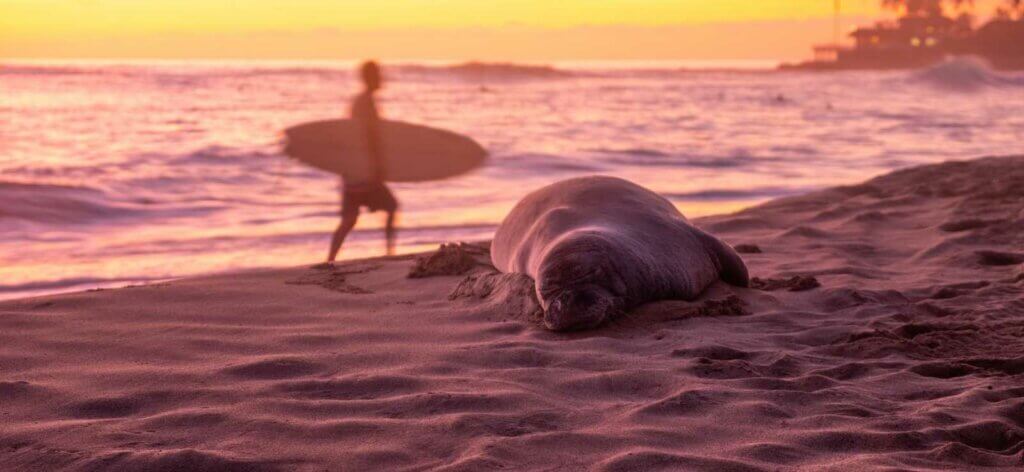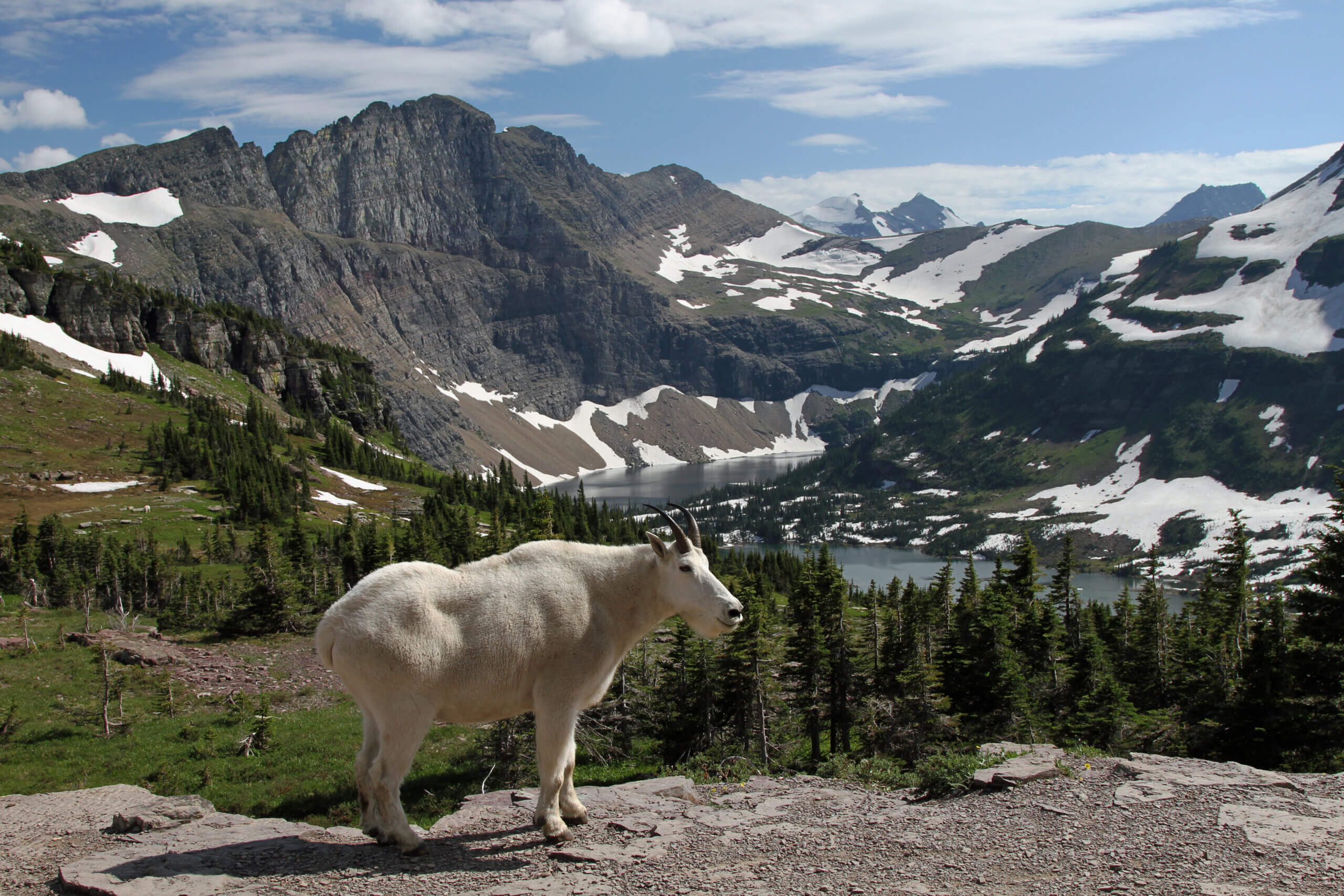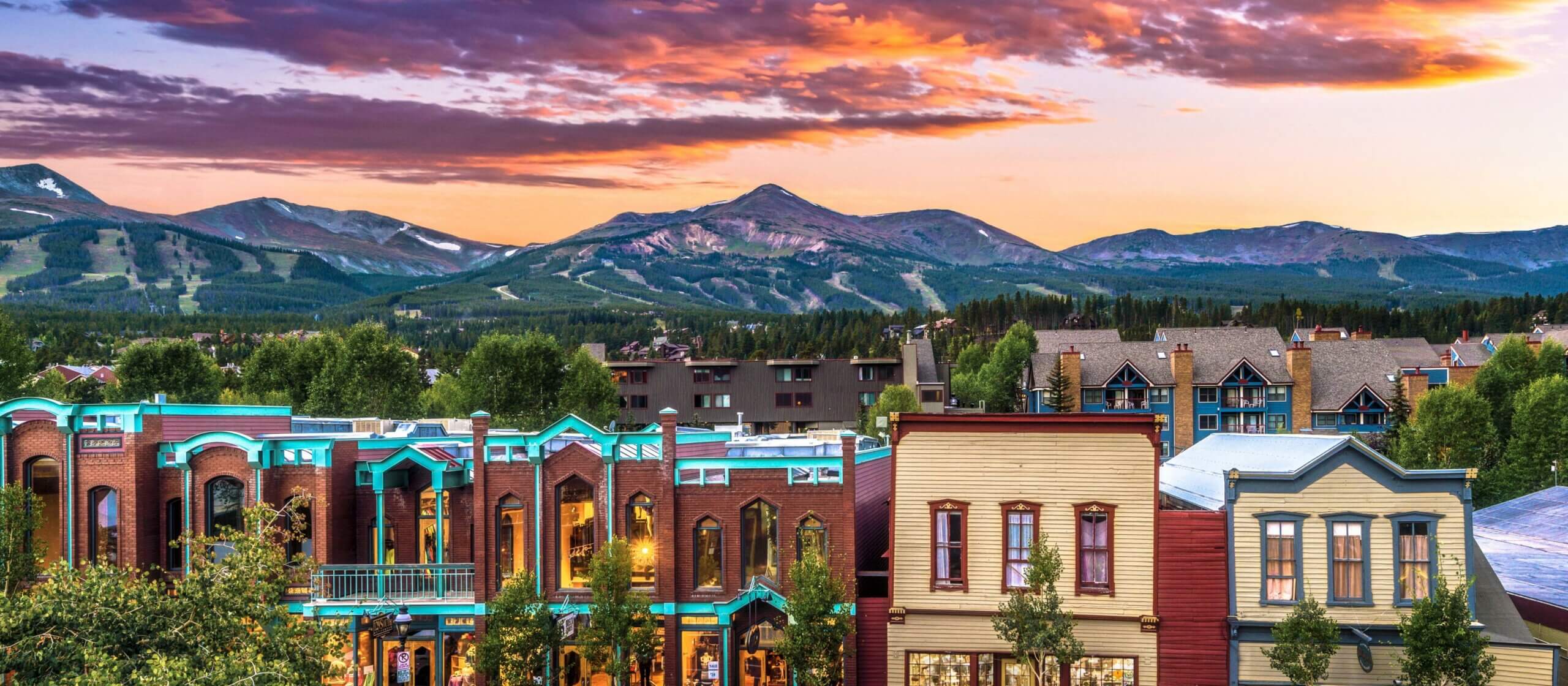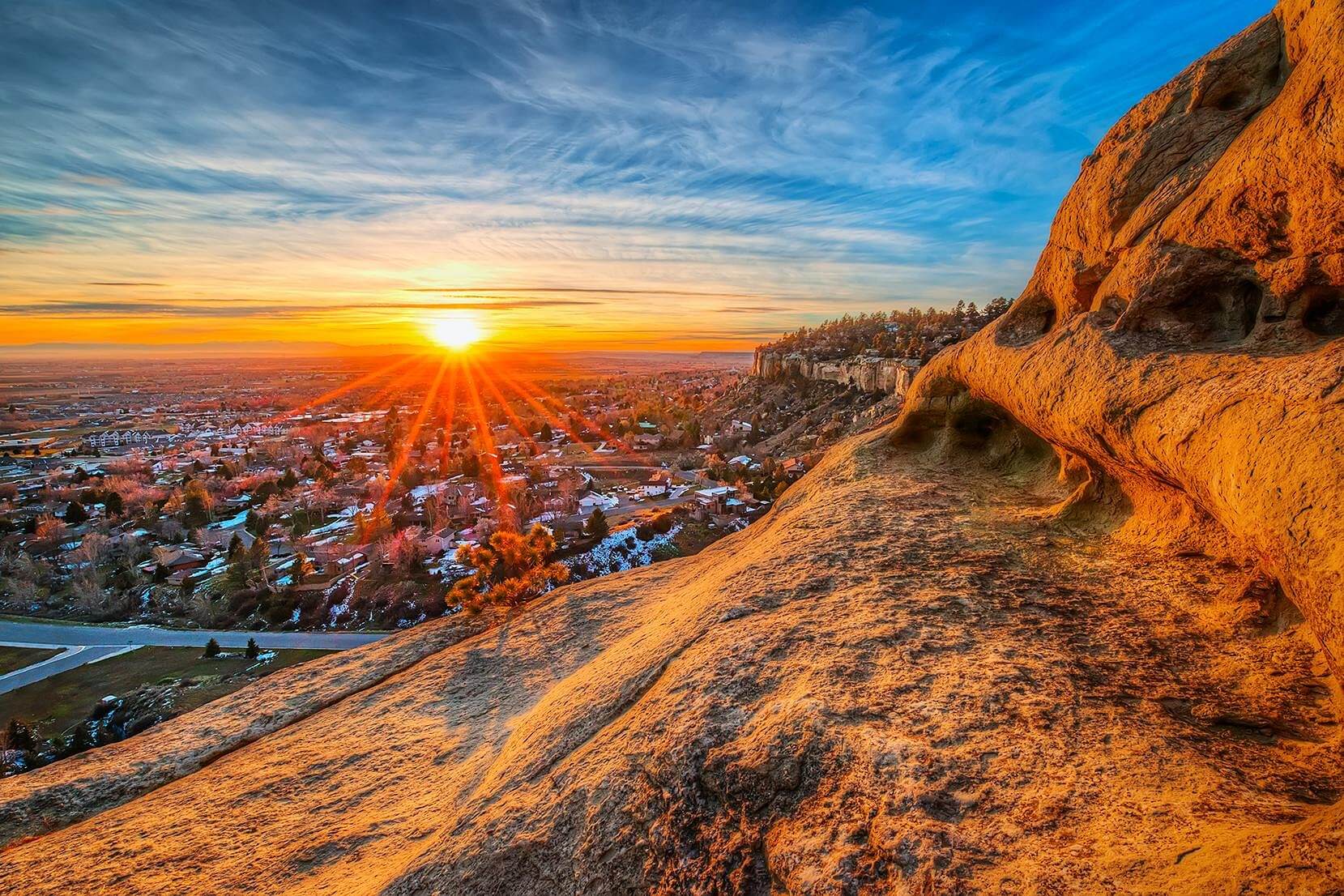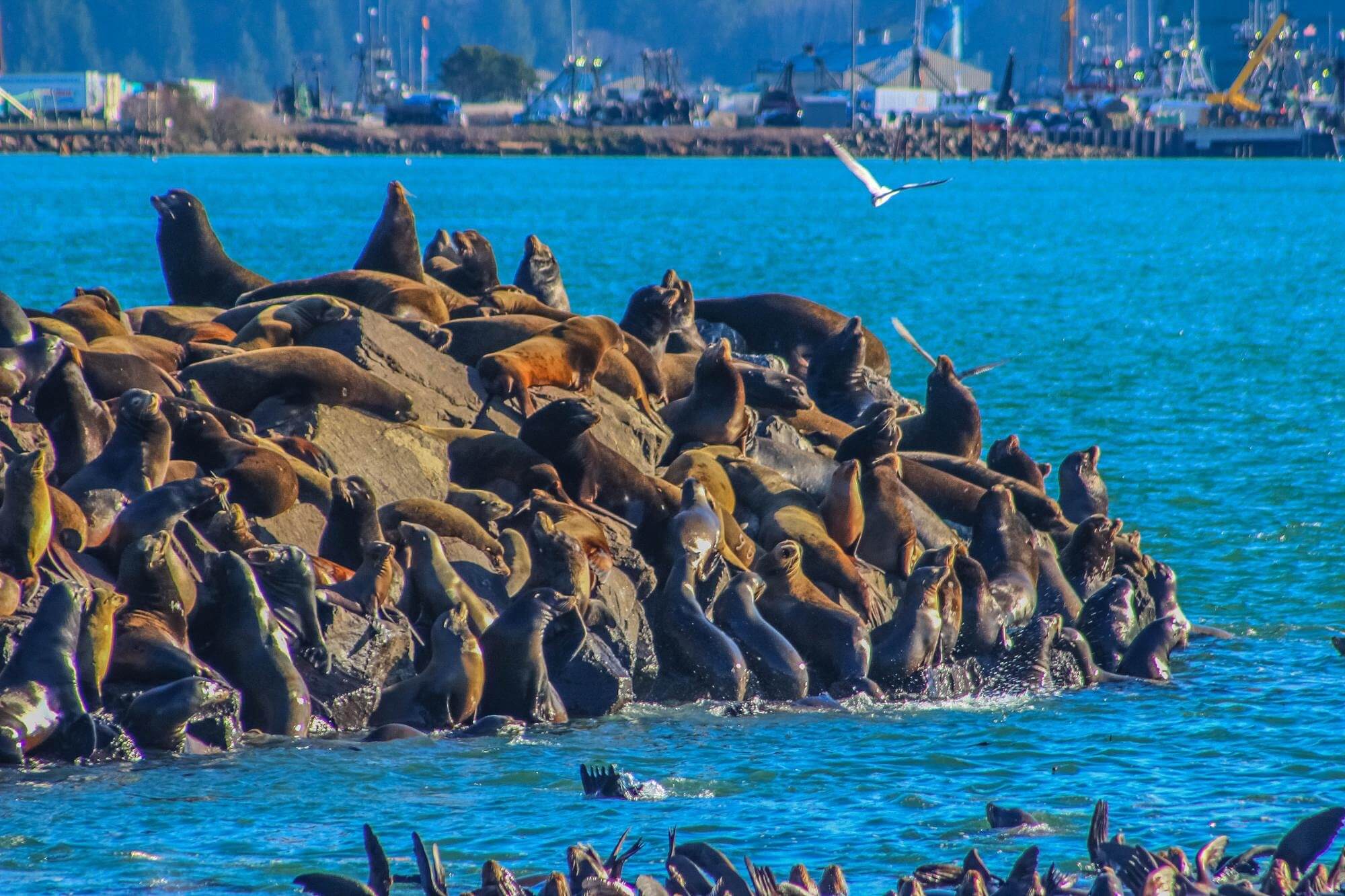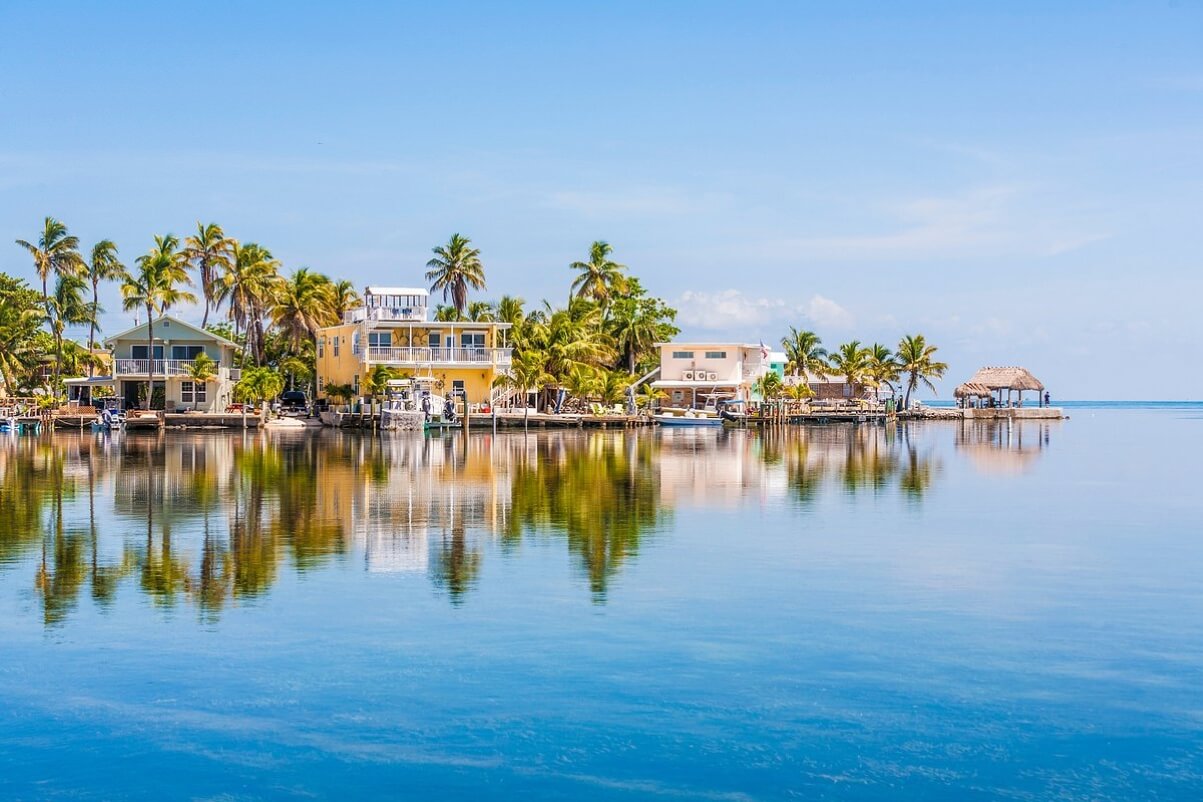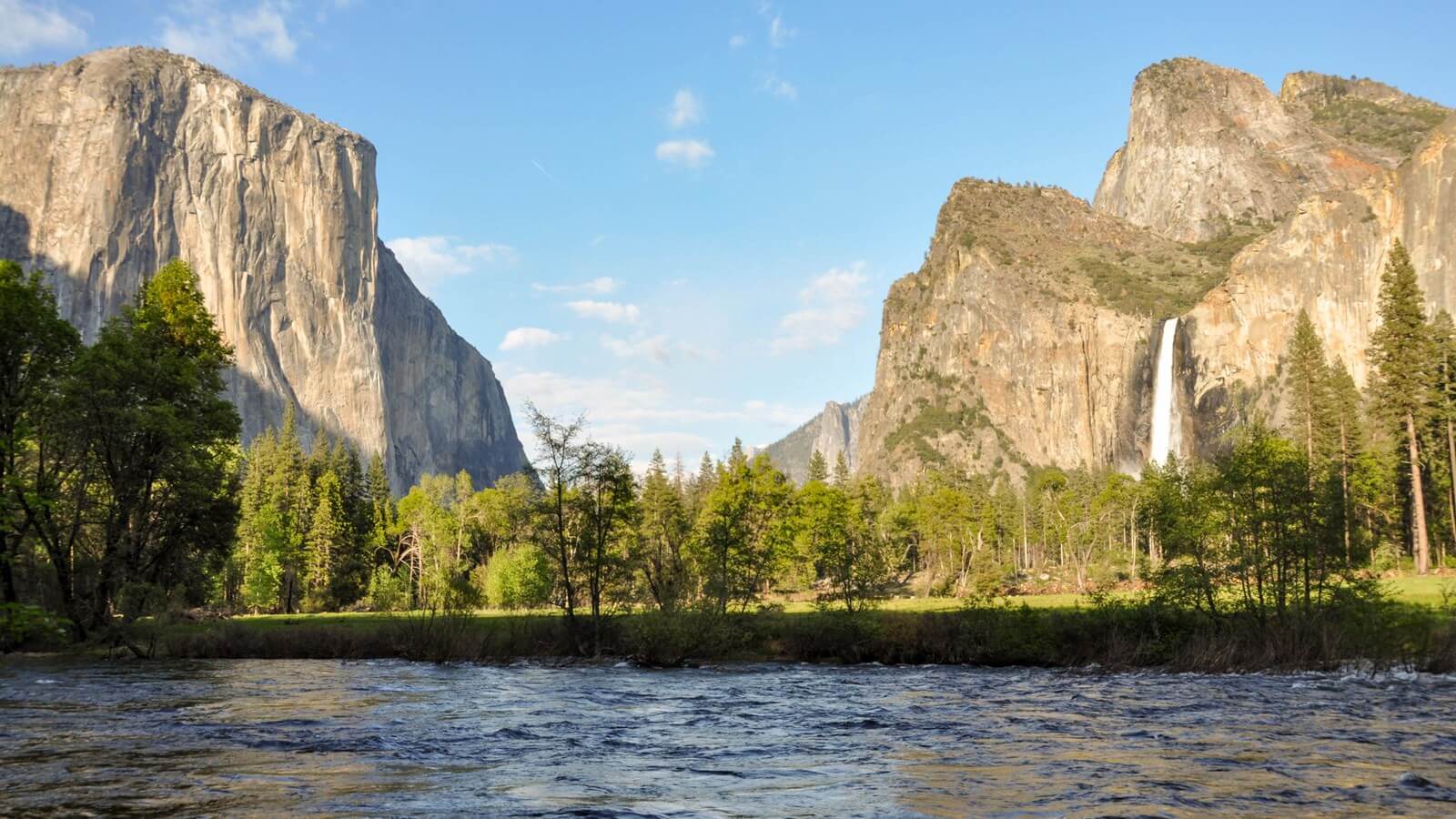Monk seals, with their puppy-dog faces and peaceful nature, are rare gems in this world, and luckily, there are numerous beaches in Hawaii where you can see them, should they decide to make an appearance.
Considering there are only around 1600 Hawaiian monk seals left in the world, making it the most endangered seal or sea lion species in the United States, a visit to see them in their sole habitat – Hawaii – should definitely be on the bucket lists of those seeking a truly humbling and magical experience.
In this article, we’ll be looking at what a monk seal is and where and how you can get up close to one in Hawaii, as well as offering some fun facts about them and tips on how to do your bit to protect this beautiful endangered species.
What Is A Hawaiian Monk Seal?
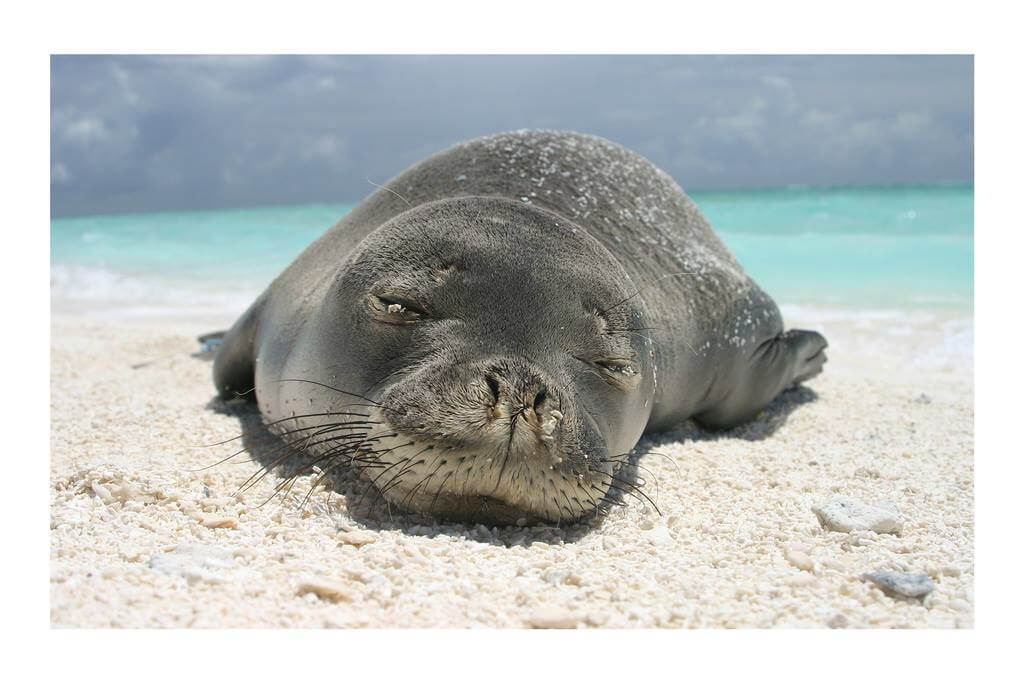
The Hawaiian monk seal is a pinniped (flipper-footed), marine mammal grouped with seals, sea lions, fur seals, and walruses, that lives in warm waters. The Hawaiian monk seal is one of only two remaining monk seal species in the world – the other is the Mediterranean monk seal. There were also Caribbean monk seals, but these were officially declared extinct in 2008.
Where Do Hawaiian Monk Seals Live?
Hawaiian monk seals are endemic to the main and Northwestern Hawaiian Islands (also called the Leeward Islands), and can also be spotted on occasion at Johnston Atoll, some 1000 miles southwest of Hawaii. This is the only place in the world where you can see them in the wild.
What Do Hawaiian Monk Seals Look Like?
The Hawaiian monk seal, which the Hawaiians call ‘ilio-holo-i-kauaua (“dog that runs in rough water” – just one look in their puppy-dog face and you’ll get it), scientific name Neomonachus schauinslandi, are black as babies (pups) and silver-gray when fully grown, with a cream-colored underbelly.
They have streamlined bodies designed for fast swimming, deep diving and hunting, and front flippers and a flipper-like backend for steering. Their short front flippers not only help them to navigate underwater, but also to crawl across land (known as “galumphing”). They have a short head with big black eyes, eight sets of teeth and low snouts with the nose at the tip with whiskers either side. The monk seals’ nostrils close when the seal dives underwater. Though they live in a tropical climate, when they are gallumphing about or dozing on the beach, you’ll notice they have a thick layer of wibbly blubber on their bodies – this is for buoyancy and warmth.
A lot of the seals you’ll see are marked – not only by the tail tags or branding which help protection agencies keep an eye out for them, but by natural white bleach marks and also the scars that come from a life hunting, being hunted, and playing in the deep. They may also grow some green algae on their coats due to the foraging they do, but a yearly coat-shed (called a “catastrophic molt”) tends to clear that up.
Monk seals can live up to 30 years.
Why Are Hawaiian Monk Seals Called ”Monks”?
Some say the monk seal’s fatty skin folding in a particular way, that shapes their body to resemble a monk’s cowl, is primarily what gave them their names. We like the other option – that it’s the few hairs on their heads! This, and the fact they like to live a peaceful, solitary life – much like monks in a monastery!
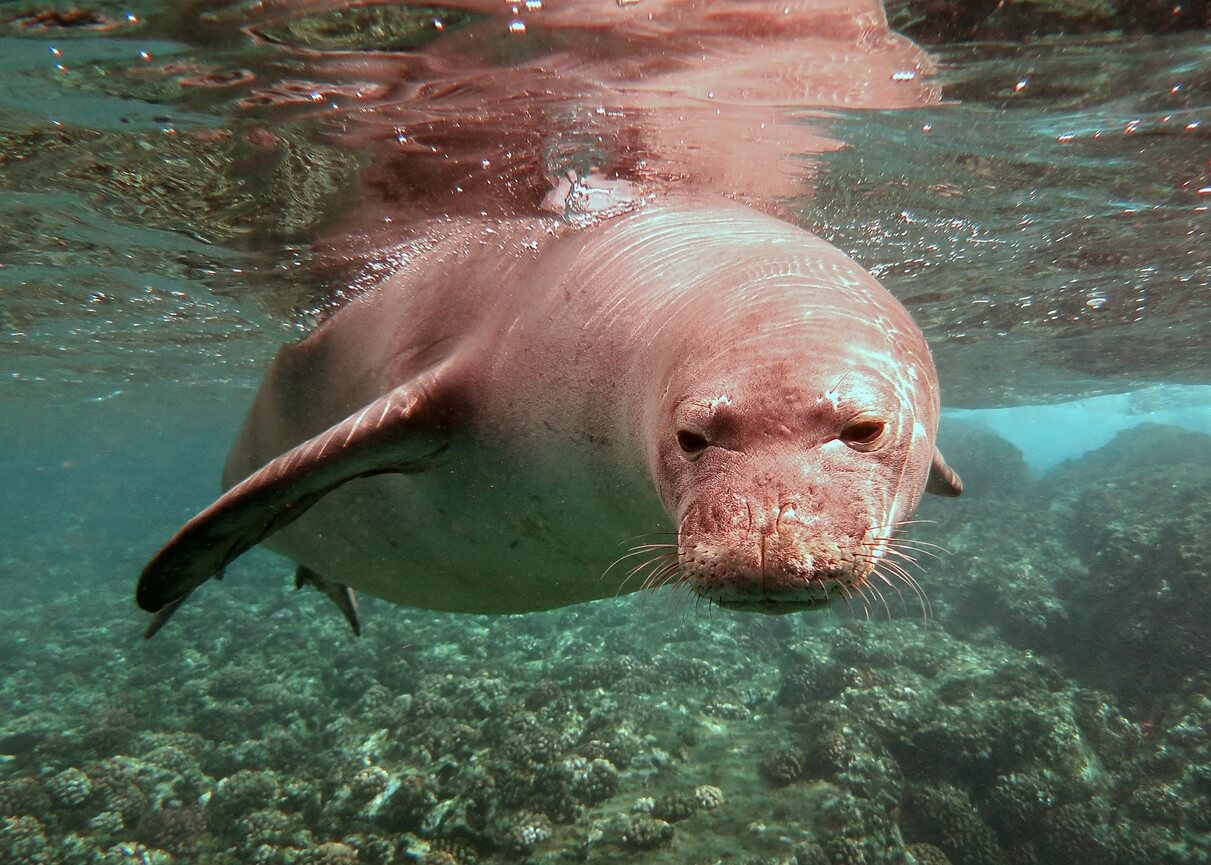
Are Hawaiian Monk Seals Friendly?
Among their own species, unlike other seals and sea lions, monk seals tend to be solitary, preferring their own company. Even when sleeping on a beach in small groups, physical contact is rare.
Hawaiian monk seals are not aggressive toward humans unless they feel threatened, are provoked, or are mothers instinctively protecting their young.
Whether you’re sharing a beach with them or diving nearby, you must, by law, stay 50 feet away from lone seals, and 150 feet away from mother monk seals nursing their pups – for everyone’s safety. Swimmers have had their faces bitten and ended up with lacerations and fractures when mothers attacked them in defense of their pups.
There have also been known cases where Hawaiian monk seals, conditioned by contact with humans, have become “too friendly” and, in playing with divers, have pushed them into deeper water than they were equipped for.
Why Do Hawaiian Monk Seals Sleep On The Beach?
Monk seals live in warm water and while they spend most of their time at sea foraging, they’ll spend around a third of their lives on shallow-water beaches, on rocky shorelines or coral reefs, sleeping, shedding their coats, giving birth and nursing their young (the last going on for up to 7 weeks). They are not “lazy,” but use this down-time to conserve energy between hunting and foraging trips. That’s why they love the Hawaiian islands, which tend to be no more than 6.5 feet above sea level, though with documented climate change and rising sea levels, even this is under threat.
Can I Swim With Or Play With A Hawaiian Monk Seal?
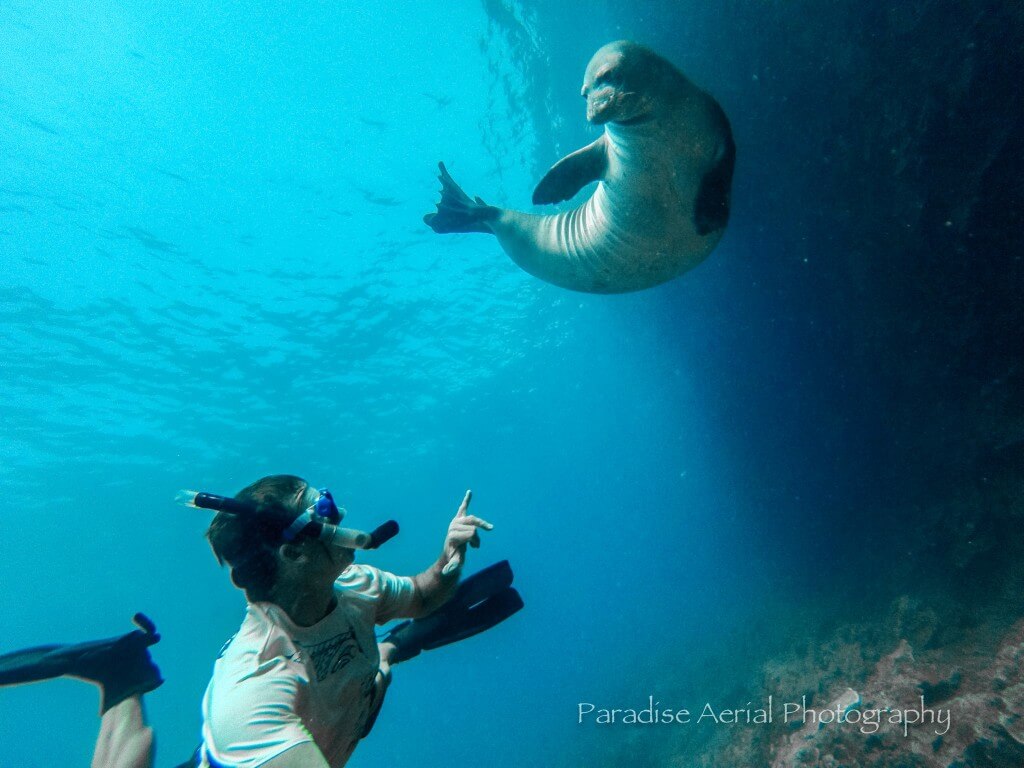
The law dictates that people must stay at least 50 feet away from monk seals at all times (hold your thumb vertical – if it covers the whole seal, you’re far enough away!). Penalties can include up to five years in prison and a $50,000 fine. It is not recommended and not fair to interact with monk seals, for the same reason it’s not recommended to feed alligators in Florida – the more humans interact with wild animals, the more those creatures will become conditioned to humans, putting others of their species and potentially other humans at risk.
More and more these days, beaches that are popular with vacationers are being used by monk seals for “hauling out” (resting), molting, and even birthing and nursing their pups. Should you happen upon such a beach, please avoid interacting with the seals – do not touch them and do not offer them food.
As exciting as it can be to see a monk seal underwater, neither snorkelers nor divers should seek to interact or play with a monk seal. While monk seals generally aren’t aggressive towards humans, there is always the chance they can become aggressive if they feel threatened or are provoked.
So, Where Can I See A Hawaiian Monk Seal?
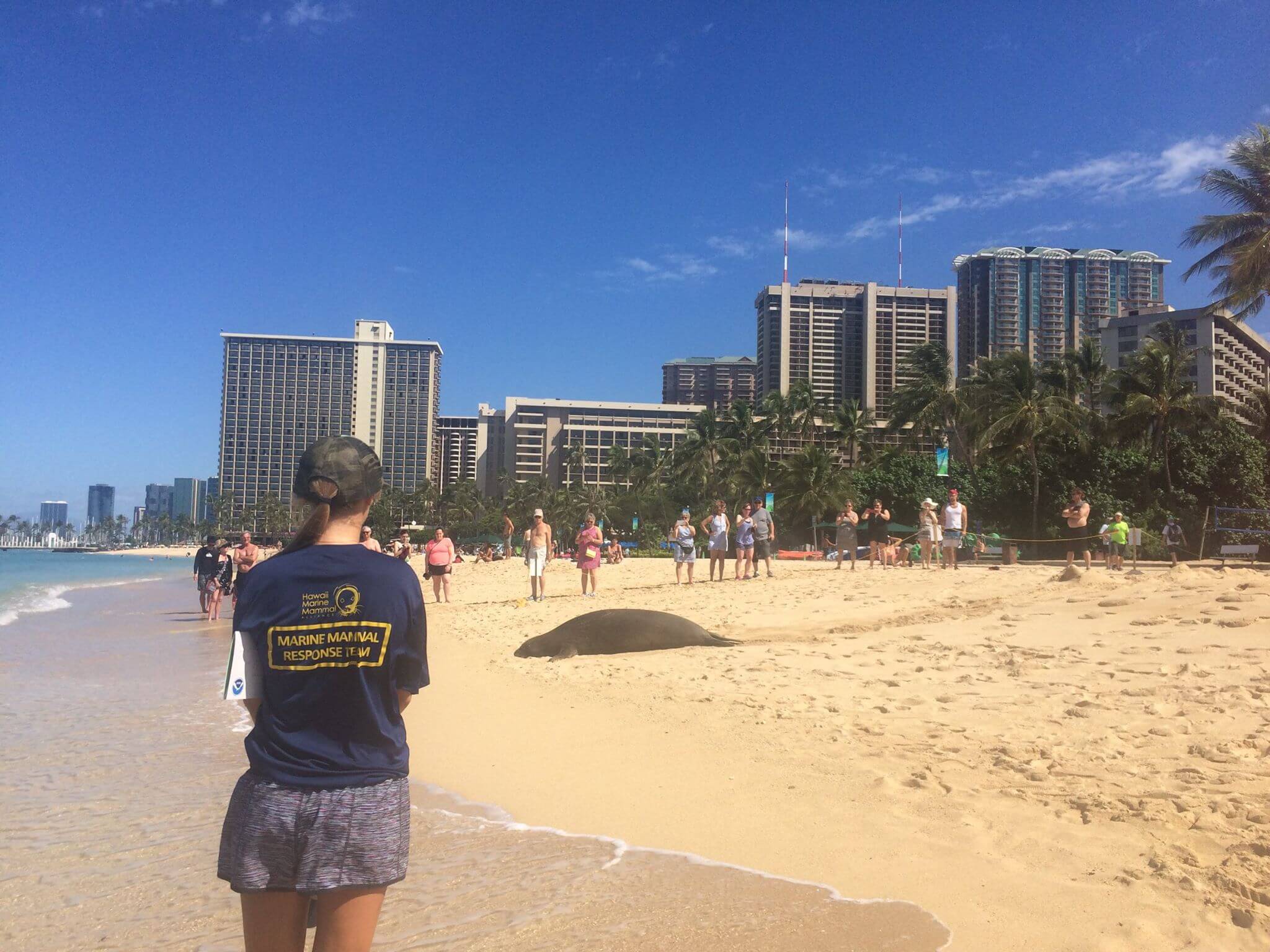
While it’s never guaranteed you’ll see them, the best way to grab that special chance to see a Hawaiian monk seal is by joining a tour – locals will likely have better and the most up-to-date knowledge on monk seal locations and how to engage with them safely. Try sea-kayaking or stand-up paddleboard (SUP) tours for beautiful views and a good workout while you seal-spot.Heading to a beach where they have recently been sighted, and enjoying them from a distance, is another option. Monk seals have “hauled out” at the following Hawaiian beaches in the past:
- On the Big Island: Tha Kau coastline in Hawaii Volcanoes National Park and the Kau Forest Reserve, Kawa Bay, Honokohau Beach, Kekaha Kai State Park. Also check out the “Ke Kai Ola” Marine Mammal Center near Kona International Airport, in case they are caring for any monk seals while you’re there.
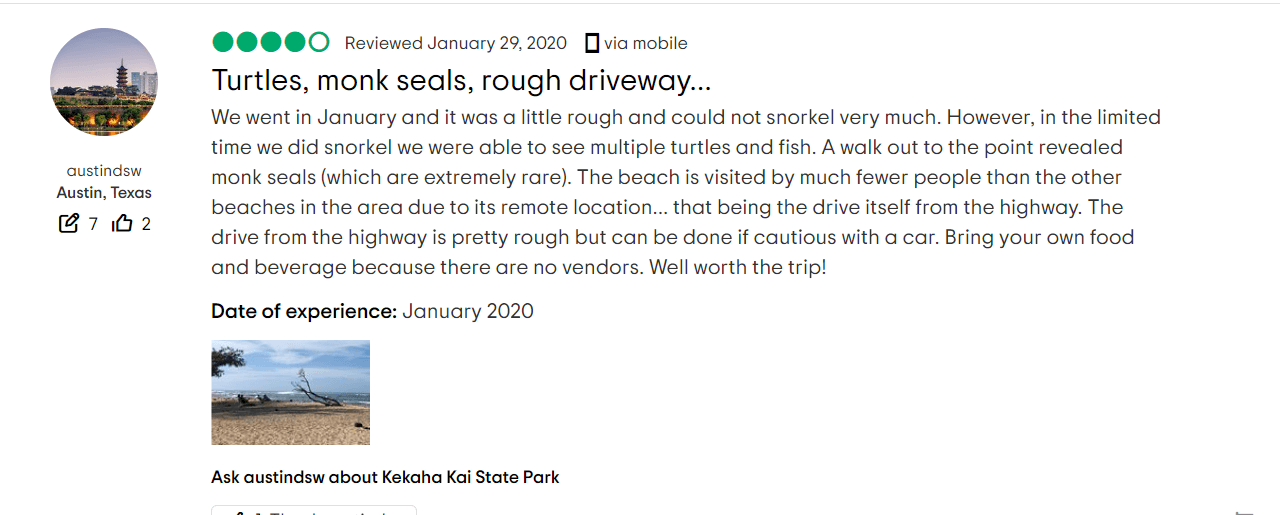
- On Oahu: Kaena Point State Park, Kaimana Beach, Nanakuli Beach Park, Hanauma Bay, Laniakea Beach, and Pokai Bay Beach Park.
- On Maui: Hookipa Beach, Olowalu Beach, Lahaina Habor, Kaanapali Beach, Makena Beach.
- On Kauai: Poipu Beach, along the Napali Coast, – the Kauai Monk Seal Watch Program cordons off areas where seals need protecting. Check out their latest work on Facebook.
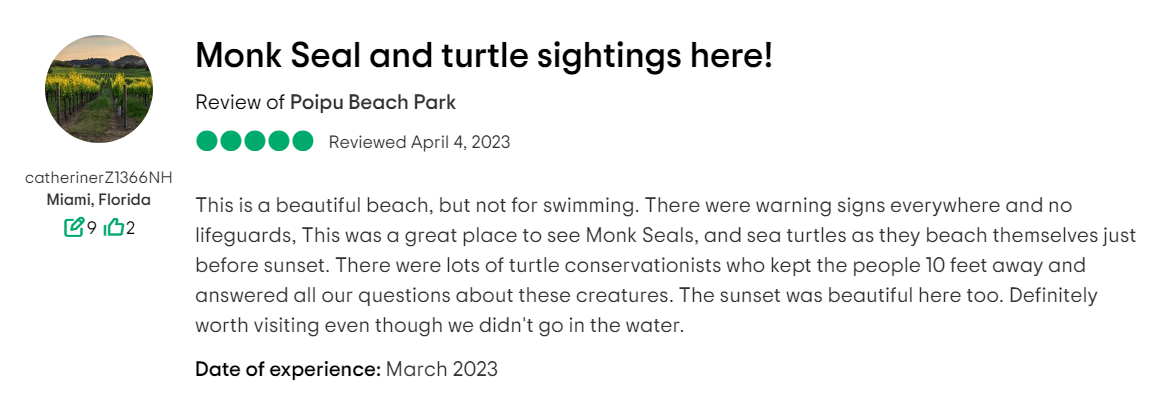
- On Molokai: the Kalaupapa National Historical Park
- On Lanai: Polihua Beach
Kure Atoll, Midway Islands, Pearl and Hermes Reef, Lisianski Island, Laysan Island and the French Frigate Shoals are also good seal-spotting spots worth looking into.
Another fun way to spend time watching Hawaiian monk seals is by booking an organized diving tour with experts on whichever island you’re planning to head to, though no tour can 100% guarantee you’ll see one on your dive.
REMEMBER – While it is wonderful to go see wildlife like the Hawaiian monk seal doing its thing, distance should be maintained and habits and habitats respected.
More Interesting Hawaiian Monk Seal Facts
How Big Do Hawaiian Monk Seals Get?
Born at about 35 pounds and 3 feet long, Hawaiian monk seals grow up to 8 feet and can weigh 400 up to 600 pounds. Females are usually slightly larger than males, but it can be hard to tell them apart without looking at their underside.
What Do Hawaiian Monk Seals Eat?
Hawaiian monk seals are carnivores, and will grab what they can get, however, their menu of choice is reef fish and invertebrates such as eels, squids, octopuses, and crustaceans (lobsters, crabs and shrimps). They look for these on the sea bed, in sand, and among rocks and coral.
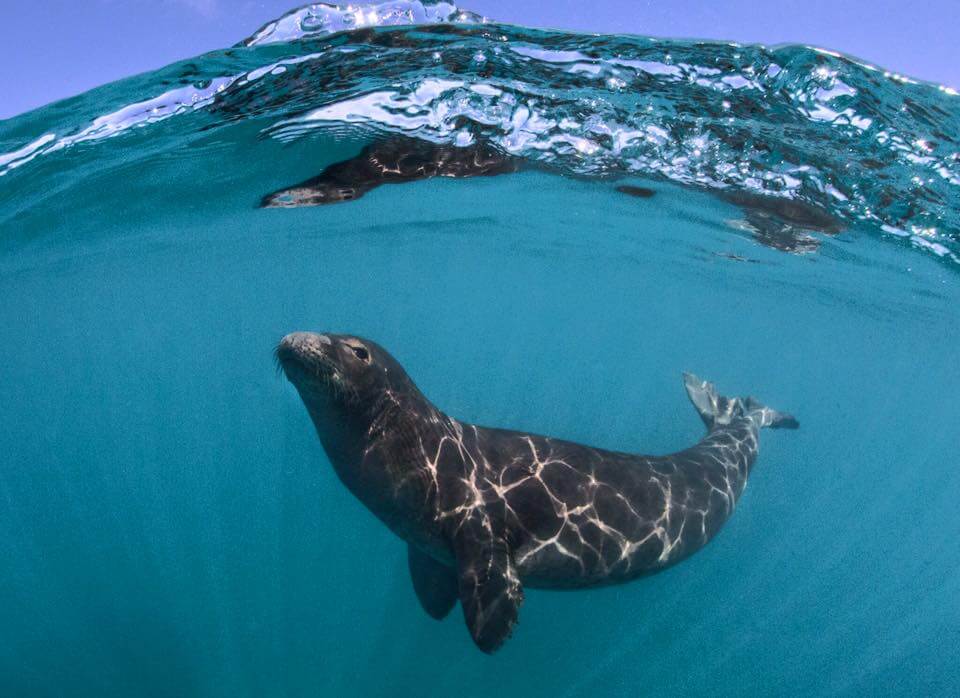
How Far Do Hawaiian Monk Seals Travel?
Hawaiian monk seals are not migratory and tend to stick to a favorite area or beach. That said, they have been known to pop up hundreds of miles from where they were last spotted.
In terms of how far they travel down into the water – Hawaiian monk seals can hold their breath for an incredible 20 minutes if needed, and dive more than 1,800 feet down. In day-to-day cases, though, they usually stick to depths where the seafloor is around 200 feet down, and they stay underwater foraging for around 6 minutes at a time.
When Do Hawaiian Monk Seals Have Pups?
Hawaiian monk seals begin reproducing at 5 – 10 years of age. A pregnant monk seal will carry a single pup for 10 to 11 months before giving birth on a sandy Hawaiian beach late March to early April (although births have been recorded year-round).
Pups are born with black fur, which they shed as they age, their coats turning a beautiful silver-gray with a cream-colored underbelly. A newborn Hawaiian monk seal typically nurses with its mother for about one month, up to 7 weeks. During that time, the mother stays with her pup without leaving to forage for food (much like northern elephant seals). Once weaned, the pup is left on its own to learn to swim and find food.
Although they are solitary animals in general, there are documented cases of female monk seals fostering the offspring of other seals.
How Are Hawaiian Monk Seals Different From Other Seals?
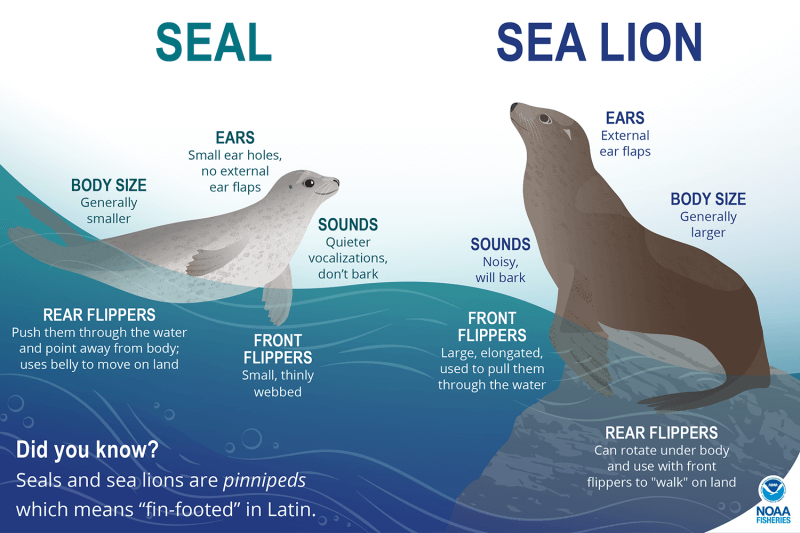
The monk seal’s white belly, gray coat, and streamlined body distinguish it from the harbor seal. Further, monk seals don’t “bark” like sea lions, possessing a number of different vocalizations, including a call that almost sounds like a belch.
They also don’t have outer ears, just small holes, and cannot flip their hind flippers beneath their bodies like sea lions can, meaning that, to move on land, they must undulate their bodies (known as “galumphing”). Their short front flippers help them to keep their balance while doing so.
Are Hawaiian Monk Seals Endangered?
Yes. Hawaiian monk seals are protected under the Endangered Species Act of 1976, the Marine Mammal Protection Act, and State of Hawaii law. It is illegal to kill, capture, or harass a Hawaiian monk seal. If a monk seal is spotted on the beach, officials will secure the area.
Report all sightings to 808-220-7802 or email [email protected]
The recorded Hawaiian monk seal population began to decline from the 1950s, thought to be due to the high pup mortality rate connected with malnutrition and, particularly in the northern islands, to predators such as the large tiger and Galapagos sharks. Other life risks they face are habitat depletion due to rising sea levels, entanglement in fishing nets, toxoplasmosis, and ingestion of ocean trash.

Currently, there are nearly 1,200 seals in the Northwestern Hawaiian Islands and 400 in the main Hawaiian Islands. NOAA (National Oceanic and Atmospheric Administration) noted a 2% annual population growth between 2013 and 2021 – slow, but good.
About 30% of today’s Hawaiian monk seal population is alive directly due to conservation efforts led by the NOAA and their partners, such as the Monk Seal Foundation.
Do People Fish For Hawaiian Monk Seals?
No. Though entanglements in nets, accidental hooking, or running them over with boats continue to be problems. Fishermen and boaters have guidelines to follow to prevent such things happening. Rare incidents have occurred of seals being shot or clubbed to death by individuals. When caught, these people are punished.
How Are Hawaiian Monk Seals Protected?
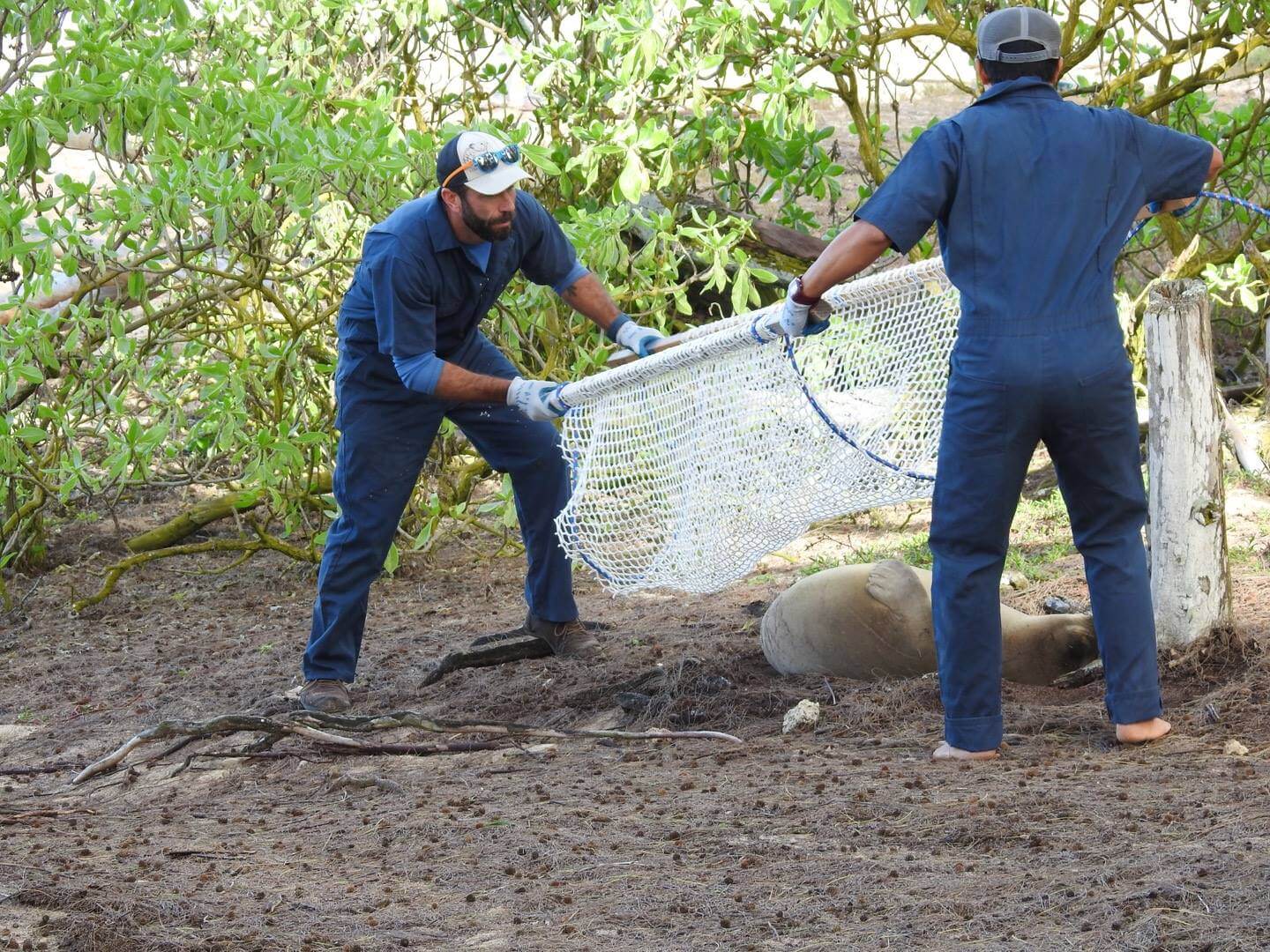
NOAA catches, tags, tracks, monitors and provides necessary veterinary care to monk seals, and routinely vaccinates them against morbillivirus. They will intervene when necessary to protect seals at risk- for example, when a male becomes aggressive and puts pups at risk, when a seal becomes stranded or gets into difficulty, and more generally by cleaning up dangerous human waste/marine debris affecting seal habitat.
How Can I Help Protect Hawaiian Monk Seals?
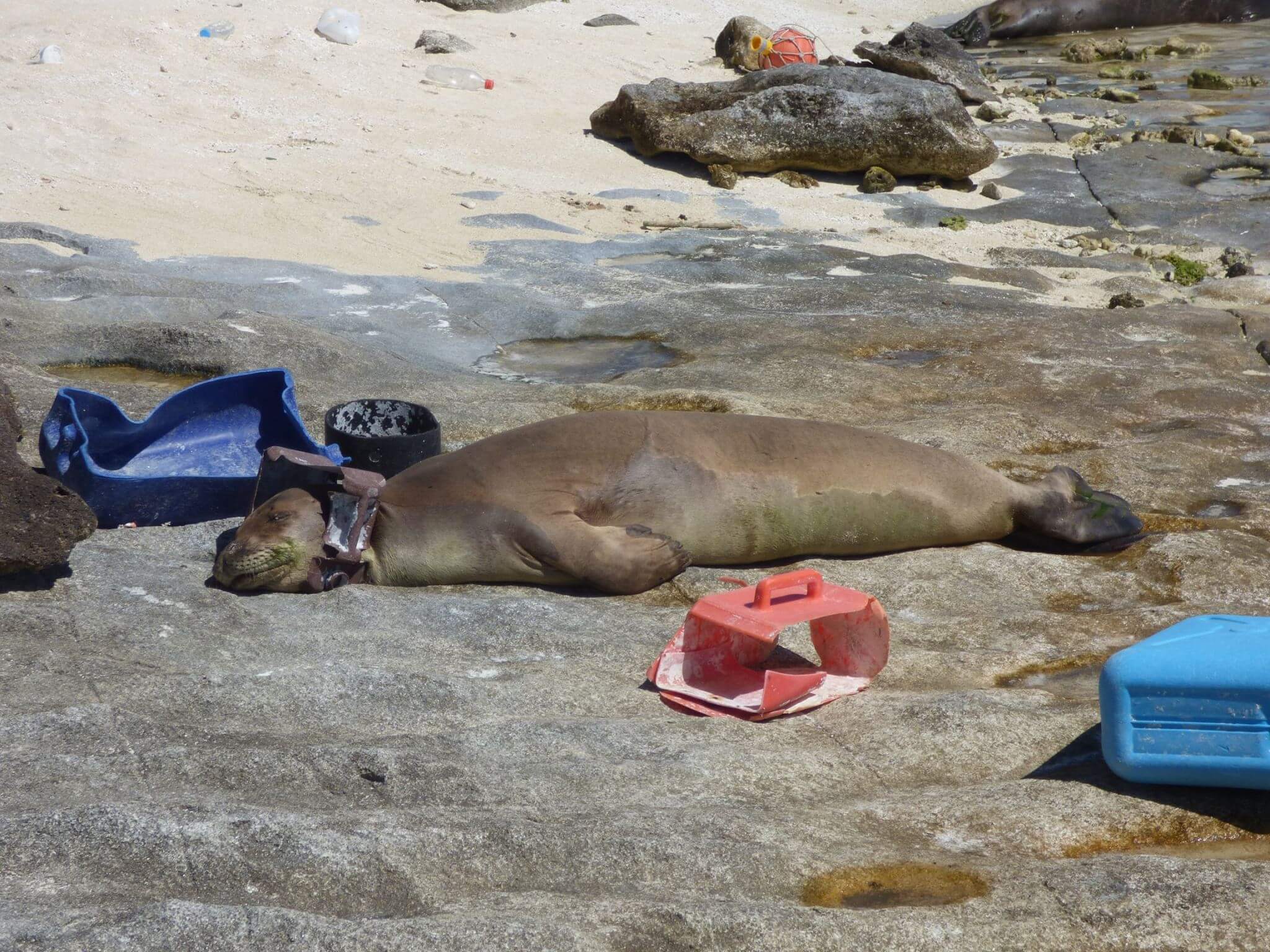
You can best protect them by reporting monk seal sightings to the monk seal hotline: (808) 220-7802.
- Don’t approach or disturb the seals (stay 50 feet away from a lone seal, 150 feet from a mother with a pup);
- Help control marine debris. Dispose of your rubbish carefully – reduce, reuse, recycle, and cut down or cut out your use of plastics!
- Keep your dog on a leash. Dogs can potentially transmit disease to monk seals.
- Keep up to date with the teams who spend their time ensuring monk seal survival, donate or help out if you can.
- Follow these useful guidelines:
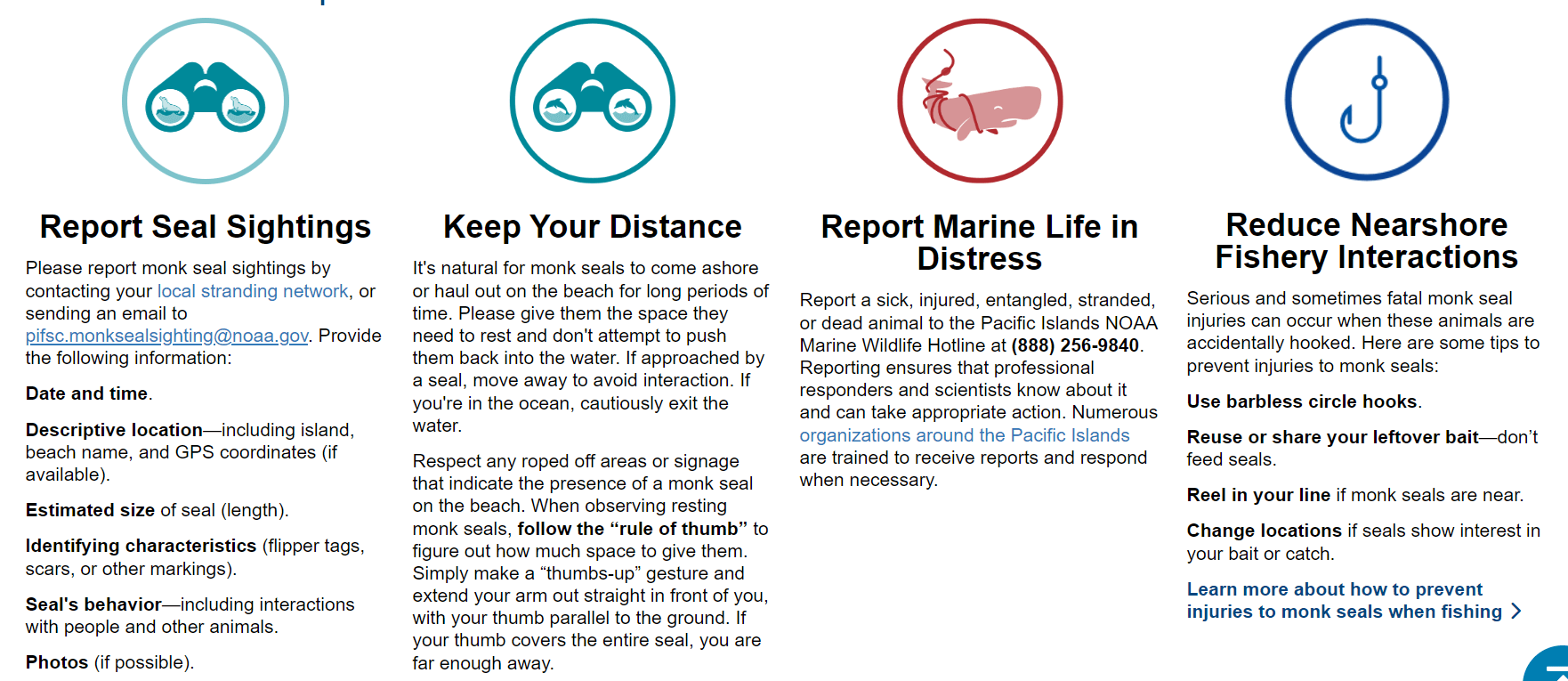
The Takeaway
Whales in winter, dolphins in summer, and the shiny bald heads of Hawaiian green sea turtles as they surface for air, the marine life found in Hawaii guarantees a constant supply of adventure. And one of the best parts about traveling there is that every day holds a new chance to encounter a Hawaiian monk seal. Just remember to respect, protect and keep your distance.
Disclaimer
While we at Traxplorio do our very best to give you the most up-to-date information, we always recommend you do your own research before you travel to a particular area, and check conditions with official sites. Thanks for understanding, and enjoy your adventure!

